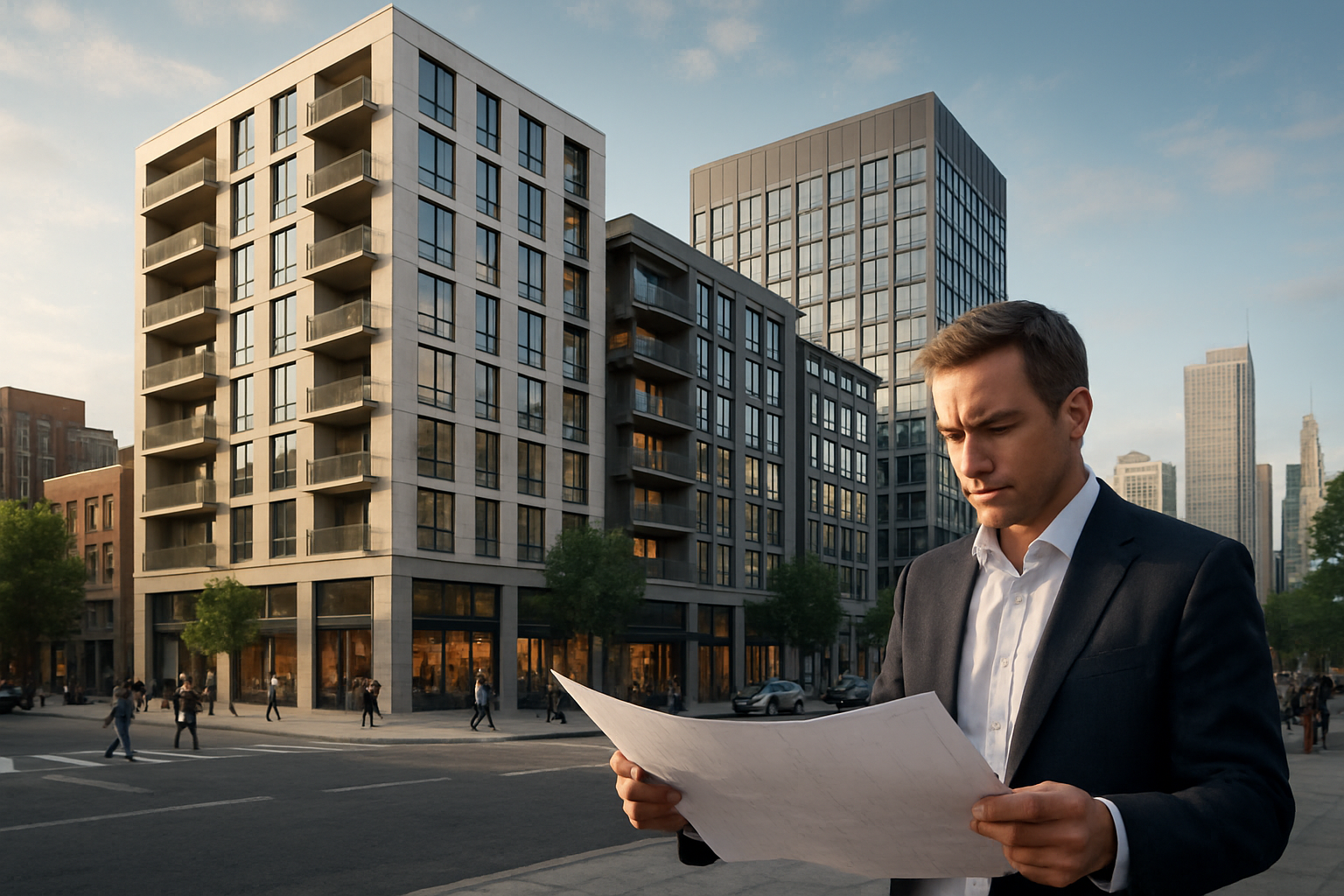Understanding the Potential of Mixed-Use Real Estate Development
Introduction: The evolution of urban landscapes has seen a shift towards mixed-use real estate development. A fusion of residential, commercial, and sometimes industrial spaces, these developments are redefining how we live, work, and play. This article delves into the intricacies of this fascinating real estate trend, dissecting its benefits, challenges, and potential impacts on the market.

The Emergence of Mixed-Use Development
Mixed-use real estate development, while not a new concept, has gained momentum in recent years. Historically, the separation of residential, commercial, and industrial areas was the norm, primarily for health and safety reasons. However, as urban planning evolved, the advantages of integrating these uses became apparent. Cities began to embrace mixed-use development in the mid to late 20th century, with developers recognizing the potential of these multi-faceted projects.
Current Market Trends in Mixed-Use Development
The current real estate market shows a growing preference for mixed-use developments. These projects are particularly popular in urban areas, where space is at a premium, and convenience is highly valued. Research indicates that mixed-use properties tend to have higher occupancy rates and rental yields compared to single-use properties. This is primarily because they offer a blend of residential comfort, commercial convenience, and often, an element of leisure or entertainment.
Advantages and Challenges of Mixed-Use Development
Mixed-use development presents numerous advantages. For residents, they offer convenience and a high quality of life. For businesses, they provide a ready customer base. For cities, they contribute to urban regeneration and efficient land use. However, these projects also pose challenges. They require intricate planning and coordination, often involving multiple stakeholders. The mix of uses can also present regulatory hurdles, as different uses are subject to different rules and standards.
Impact on Buyers, Sellers, and Investors
The rise of mixed-use development has implications for all real estate market participants. Buyers are drawn to the convenience and lifestyle offered by these developments. Sellers, particularly in urban areas, may find that mixed-use properties command a premium over single-use properties. For investors, mixed-use properties offer diversification and potentially higher returns, although they also entail greater complexity and risk.
The Future of Mixed-Use Development
Given current trends, it seems likely that mixed-use development will continue to shape the future of real estate. As cities grow and evolve, the demand for efficient, versatile spaces will persist. However, the success of these developments will hinge on thoughtful design, effective management, and a deep understanding of the market and community needs.
In conclusion, mixed-use real estate development offers a compelling blend of benefits and challenges. For those willing to navigate its complexities, it presents an exciting investment opportunity and a novel approach to urban living.





